4 The way China uses technology to monitor students
- Tram Ho
Smart bracelets, integrated GPS uniforms, face detection cameras and QR codes are the four popular ways of monitoring students in China.
Security and human resources issues … Causing many schools in China to boldly test new methods to monitor students.
Here are the most common ways:
1. Smart bracelet
A school in southern China, which made the internet pay attention when ordering 3500 smart bracelets, could track the radio location too.
Specifically, their bid notice was discovered by Weibo users. Not only does the school monitor students’ positions on the campus, the school also wants the bracelet to measure the heart rate, the number of steps, the jump and the frequency of raising the speaker’s hands.
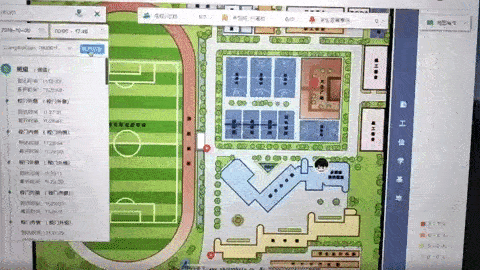
Demo bid for smart bracelet products for a school in southern China
Advantages? The school can understand the position and health status of students. However, this is still a persistent controversy on the internet. Many parents are concerned about the confidentiality of the data, what if they fall into the hands of criminals?
2. Smart uniform equipped with GPS
When the world is still arguing about privacy, a Chinese technology company specializing in the production of uniforms with motion tracking chips has rejected allegations of monitoring students 24/24.
Specifically, Guizhou Guanyu Technology Ltd.’s “smart uniform” or smart uniform. can help teachers and parents monitor student activity. The company is cooperating with 11 primary and secondary schools in Guizhou Province. There are even educational institutions that have applied uniforms with similar functions since 2014.
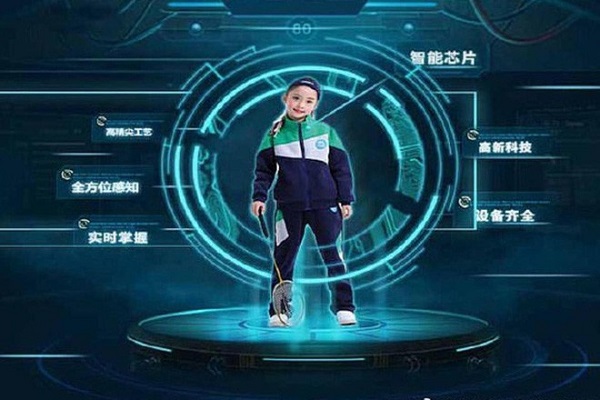
The company’s legal representative, told Beijing News, that only parents and teachers can access the information recorded by the uniform. He affirmed that the company was committed to protecting students’ privacy.
On Guizhou Guanyu Technology Ltd.’s official website. said: Smart uniforms are created for the purpose of automating administrative – educational activities, from supervising students to class on time to assigning homework and score management. On the uniform, there will also be GPS navigation to record students’ in / out activities. The above data will be cross-checked with facial recognition technology at each school.
3. Camera incorporates facial recognition technology: Students are sad, happy, angry or dozing off – teachers all know
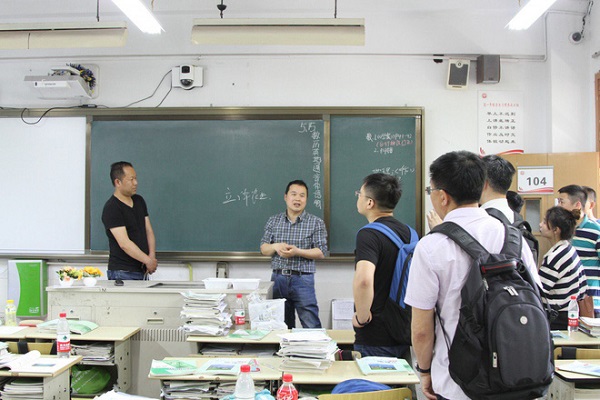
On the right of the projector is the face detection camera
This system will automatically scan students’ faces after every 30 seconds and record facial expressions, classify them based on emotional nuances such as: happy, angry, scared, confused or upset. The system also records students’ actions such as writing, reading, raising their hands to speak and even realizing who is nodding off.
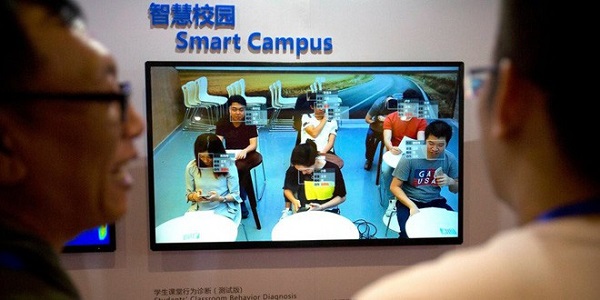
According to the Global Times, it is called “Smart classroom behavior management system”. Accordingly, the student’s face can replace the ID card, help pay for lunch and borrow items from the library. The school’s principal said that student privacy is protected for public use. This technology stores data on the local server instead of the cloud.
This system can “read” the students who are listening to the lecture or dozing off. It can even detect emotional states such as fun, fear, anger or embarrassment. Similar to social credit, this system will evaluate and grade each student. in real time. The results will be displayed on a teacher’s own screen for easy monitoring.
4. Monitor the bathing and use of student water using QR codes
About half a year ago, the University of Information Technology in Hunan, China, put the new bath system into trial.
Users will have to connect to the smartphone with the bathroom via Bluetooth, then scan the QR code before and after the shower. This helps the school know how much water each child takes. In addition, students will not have to carry a lot of fancy cards like before (but smartphones must be water resistant, perhaps).
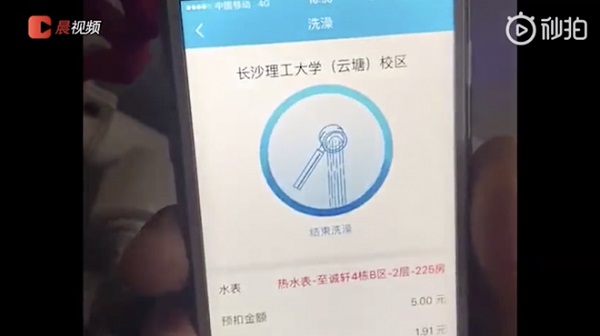
It is normal to hear, but Chinese media and netizens react strongly to this system. Many critics argue that students must now download the school’s applications too, which are subject registration, lunch registration and now registration for bathing. ”Why don’t they start posting? sign up the urination too? ”a Weibo user shared.
To be fair, integrating technology into education is a way to “smart” schools and dormitories. Even some schools in China use algorithms to arrange students in the same room and it is quite effective. Currently, about 60,000 educational institutions (accounting for 1/4 Chinese) are testing AI to replace teachers. tablets, not to mention the face recognition system to monitor student behavior and behavior.
Although created to … save water, the new bathroom system is criticized for similar reasons with many other applications: Collect user information.
Please join VnReview Community Group to discuss and update technology news and opportunities to receive monthly gifts.
![]()
